Imagine going by road to the municipality of Cabo Corrientes, Jalisco. You have just passed Boca de Tomatlan and the Vallarta Botanical Gardens. Approximately one hour has passed since you left Puerto Vallarta. And over there, very hidden, is a town of autumnal colors whose name, etymologically speaking, means divine place. It is a town called El Tuito.

Like many countries, Mexico has a great variety of towns that possess immense beauty, which, most of the time, refers to their people, traditions, customs, etc. El Tuito is one of these characteristics. Just thinking about the people who live there (mostly senior citizens) makes one’s heart leap with joy at the way they treat visitors.
And El Tuito was created in six days?
That would have been interesting, but the truth is that it was not. Like many Mexican territories, El Tuito was founded by Spanish and Portuguese settlers on April 8, 1525 (as of 1844, the founding feast is celebrated on April 1st).
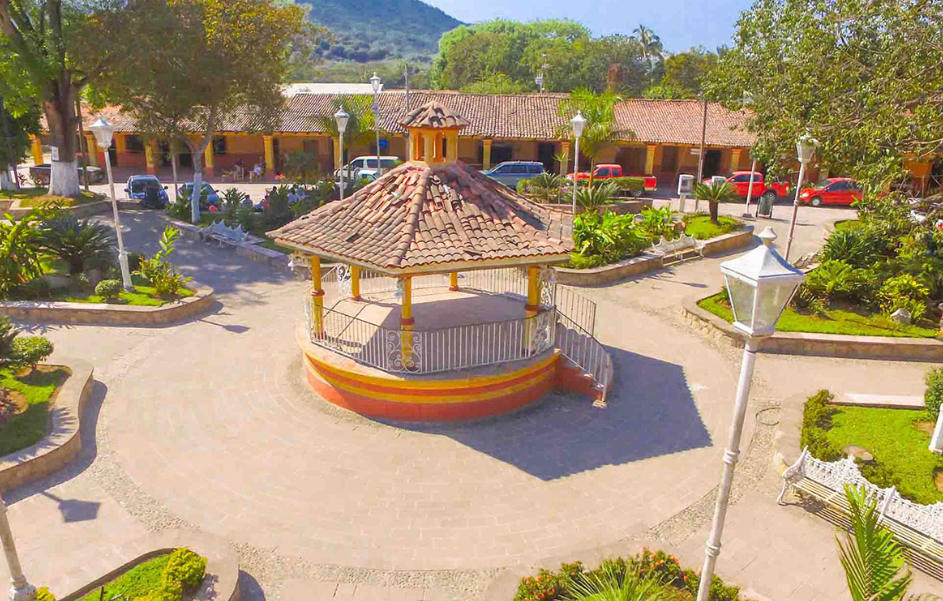
Before the founders arrived, the place was inhabited by Huicholes and Tecuexes. According to letters (currently in the historical archive of Cabo Corrientes, Jalisco) of Francisco Cortés de San Buenaventura, founder of the place and nephew of Hernán Cortés, there was no violence when colonizing the land.
What was the secret? According to him, it was enough to ally with Tlaxcalan groups. It is worth mentioning that the main reason why the settlers wanted these lands was because of all the raw material that could be obtained from the place.
As a curious fact, many inhabitants of El Tuito attribute their friendliness with visitors to the fact that violence was never used for its foundation.
If I go to El Tuito, what should I wear: a sweater or shorts?
In spite of being located in a mountainous area, talking about winter weather in El Tuito is somewhat uncertain. This is because its average annual temperature is 25.6 °C (77 °F). “The predominant winds are from the northwest and the rainy season lasts from June to September, giving us an average annual rainfall of 878.3 millimeters.
This climate favors the growth of fruit trees, such as mango, lime, lemon, orange, guava, avocado, among others. This, in turn, favors the habitat for deer, parakeets, foxes, armadillos, raccoons, etc.
No boredom
For all those who come to El Tuito, the following places are a must-see:
1. The Cultural Center and it’s mural. In this place, you can appreciate several murals that represent the history of El Tuito and Mexico.
2. San Pedro Apostle Parish. It is the main church of the town, located only 50 meters from the plaza on the corner of Jesús Cervantes and San Pablo Ríos streets. It has been in the place for more than 200 years. It has a unique and impressive rock altar and a beautiful statue of the Virgin Mary.
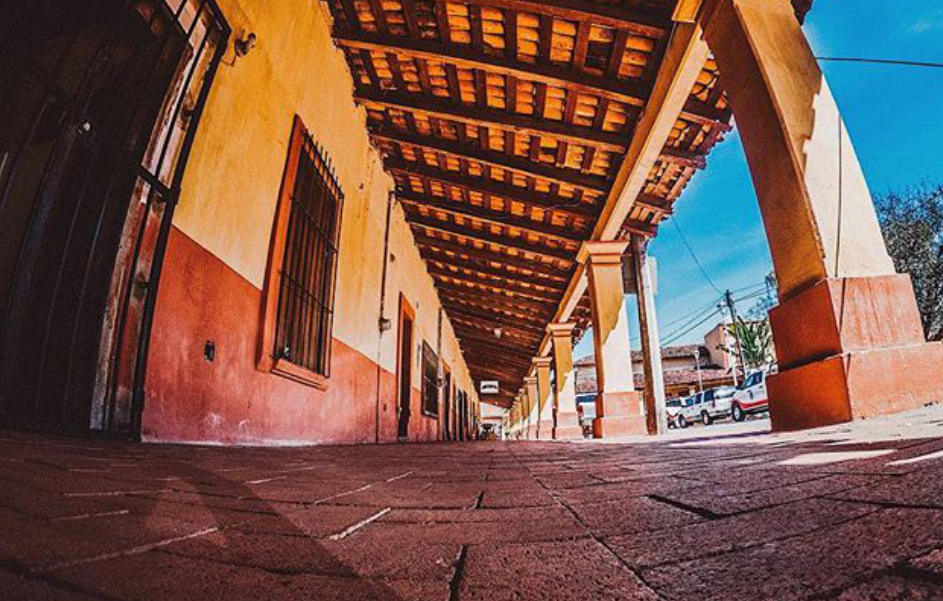
3. House museum “El Patio de Don Alfonso”. Is 100 years old. If you pass through here between January 11 and 20, don’t miss the presentations of typical Mexican dances.
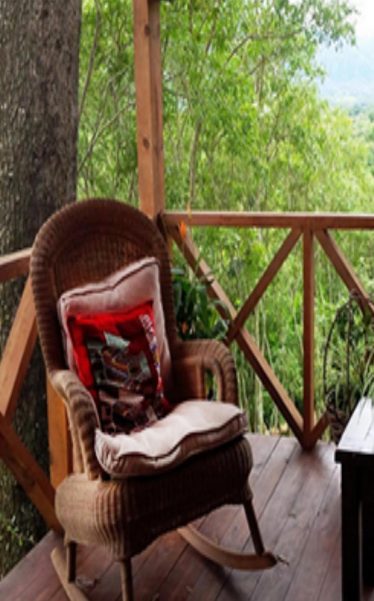
4. Gallegos Bakery. Cakes and bread made in traditional brick ovens heated with firewood.
5. Panela cheese and fresh fruit from Doña Nilza. The gastronomy of El Tuito is characterized by its two main ingredients: cow’s milk and fruit from the region, so it is very common to find various dishes with these ingredients, from desserts to main dishes. Jocoque (a fermented cow’s milk product) and cheeses, especially panela, are very popular in the town. Of all the stores where these products are offered, tourists always recommend “Doña Nilza’s”, because you can witness how the cheeses are made and how they prepare some typical local desserts.
6. The viewpoint: El Cerrito de la Cruz. If you want to have a wide view of El Tuito, this stop is a must. The vegetation “clicks” with the town itself, projecting it as a true work of art.
7. The central plaza. If your thing is to relax and appreciate the street events that take place on weekends at sunset, going to the plaza is your option. It is advisable to enjoy ice cream while you are in the square.
Keep the party going
A characteristic of Mexico is that for everything we have a party, and for obvious reasons, El Tuito is not far behind.
This place really comes alive during its traditional festivities, especially during the celebrations of Mexico’s Independence Day (September 15) and January, when locals pay their respects to the Virgin of Guadalupe with the popular festivities of January 12.
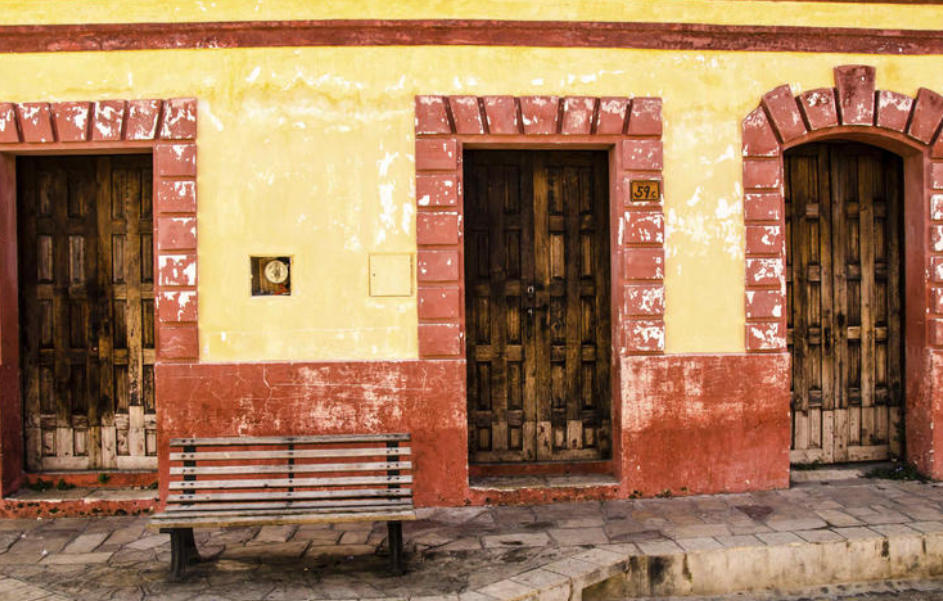
This last celebration lasts nine days; during those days sporting events, pilgrimages with dance, music, flowers, banners, and fireworks take place. On the last three days, dances are organized and stalls are set up in the portals of the parish church. On the last day, a mass is celebrated in honor of the Virgin of Guadalupe.
We also have for the first of April the celebration of the foundation of El Tuito, in which there are some artistic representations about the history of the town. There are tastings, contests and fireworks.
The Day of the Dead, which reminds us that the family remains united after death, cannot be missed. For this festivity, it is common to prepare food a day before to go with the family to eat at the cemetery with the deceased, as if it were a picnic. In addition, it is very common for families to share with other families in the place, promoting that union and empathy for the loss of a loved one.
We can mention all those celebrations that are done in the same way as in other states of Mexico, even in the world (such as Christmas, Mother’s Day, etc.), but El Tuito will always have a peculiar way of celebrating it, putting the union, not only family but of the town itself, because being a place with a small population it is easier to bring a coexistence among all, even with visitors to the place.
Ending with a sense of appreciation for the little things
As we have already seen, El Tuito is a town with a lot of charm that, in spite of not having the characteristics of what is called a “magical town”.
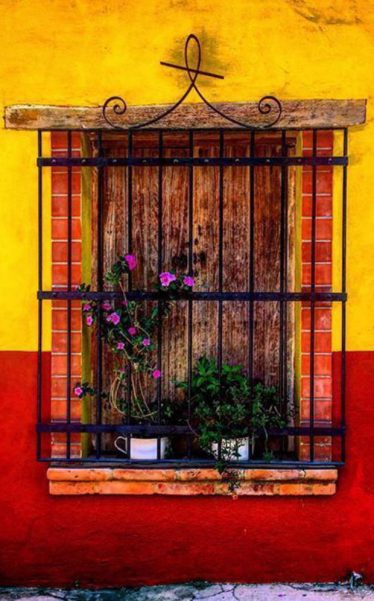
It leaves a feeling of appreciation for the little things, because the effort that the locals put into each of the things they do, spreads that admiration.
My maternal grandfather, a native of El Tuito who currently lives in Aguascalientes, captures in each of his stories, which have as protagonist his land, the nostalgia of what once was.
Thanks to him I was inspired to tell a fragment of that great little story called El Tuito.
A story is hidden perhaps by the smallness of the place, but that survives in the hearts of all those who have ever set foot in this place.
Even though time moves forward, El Tuito seems to confront it, to remain static, and to preserve forever that beauty of the divine place.


